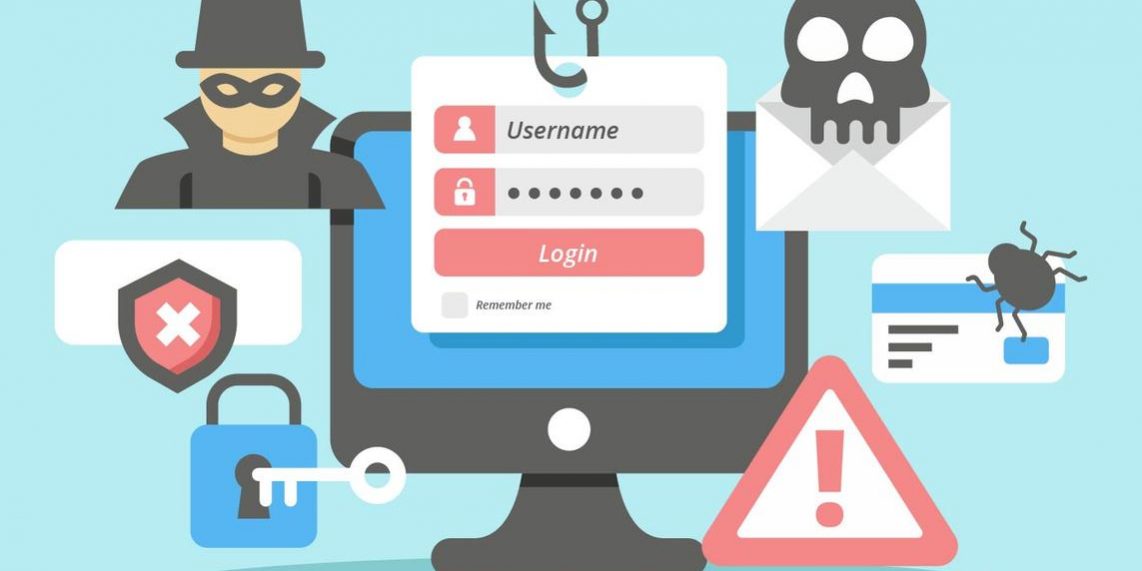When we talk about phishing we almost always relate it to email, although more and more cases of this kind of fscam are being detected with the same objective, but that redirects to a false web page through other means such as messages exchanged through instant messaging applications, messages on social networks or SMS and it is very important to know which services are the most used for phishing so that you can take measures and precautions.
What services are used for phishing?
▸Banks
These use excuses to deceive the user: change in bank regulations, incorrect user session closure, improvements in security measures, intrusion detected in their security systems, account blocking for security reasons, etc. The objective of these is to steal credit card numbers, coordinate cards, PINs, etc.
▸Online payment gateways
Used to deceive the user: change in the service regulations, incorrect closure of the user’s session, improvements in security measures, intrusion detected in their security systems, as in the case of the previous phishing, mainly stealing bank details such as PayPal, Mastercard, Banorte, etc.
▸Social networks
Excuses used to deceive the user: someone has sent you a private message, strange connections have been detected in the account, for security reasons it is necessary to change the passwords and thus seize their user accounts, obtain their private data and impersonate his identity.
▸Purchase and sales pages
In this, there are mainly applications such as MercadoLibre, Amazon, eBay, etc. Which excuses are used to deceive the user such as: problems in the user’s account, suspicious movements detected, update of the conditions of use of the service
▸Online games
In this they use arguments such as security flaws in the game platform, problems in the user’s account to steal accounts, private data, banking and impersonate the identity of the users.
▸Fake job offers
These take advantage of the situation in which we are knowing that there are desperate people looking for work which are used to deceive the user by promising a job in which they manage to steal private data that can later be used for different fraudulent purposes.



